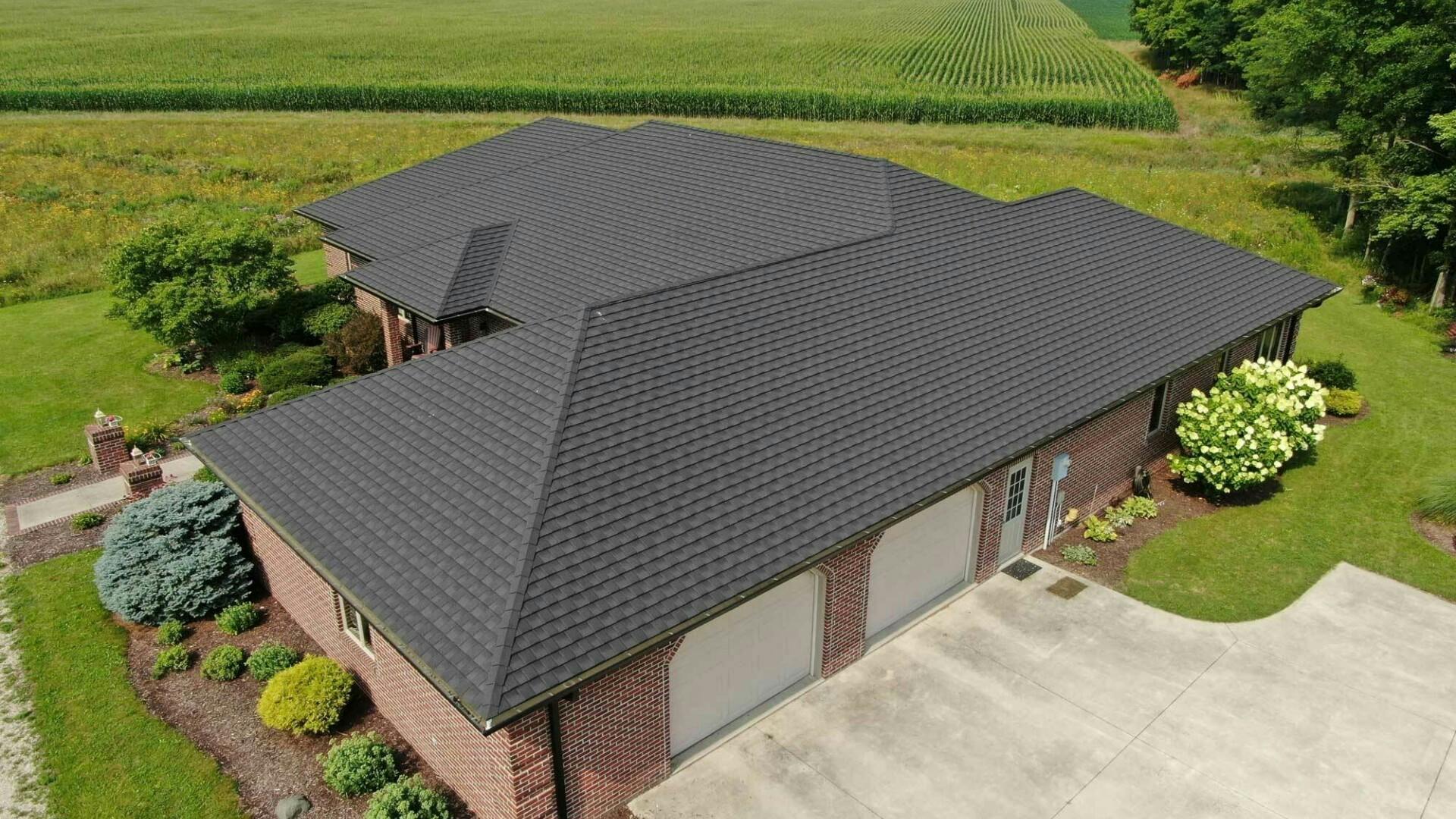
Choosing a new roof in Texas involves more than just picking a color or style. The state’s varied climate brings intense heat, high humidity, strong winds, and seasonal hailstorms. That makes your roofing decision one of the most important investments in your home’s long-term protection and efficiency.
If you’re planning a roof replacement or new installation, knowing how different materials perform under Texas conditions can help you make the right choice. Each option has its strengths and limitations depending on location, budget, and home design.
Start with the Local Climate and Weather Patterns
The first step is to consider the climate in your specific area of Texas. The state is large, and roofing needs can vary widely. In South Texas, you’re dealing with extreme heat and sun exposure. Along the Gulf Coast, salt air and moisture play a big role. In North Texas, hailstorms and high winds are frequent concerns. For West Texas, dry air and intense sun are the main issues.
Your roof should handle all of that without breaking down quickly. Think about how each material stands up to sun, wind, rain, and temperature swings. The best option will depend on how these elements show up in your region.
Understand the Lifespan and Maintenance Needs
Some materials last longer but may require more maintenance. Others may need fewer repairs but have a shorter life span. For example, asphalt shingles are popular for their affordability and decent lifespan, but they can become brittle under prolonged sun exposure. Metal roofing, on the other hand, can last 40–70 years with low maintenance and holds up well against both heat and storms.
Slate and tile offer long-term performance too, often lasting more than 75 years. However, they come with higher upfront costs and are heavier, which might require roof reinforcement. Wood shakes look great but aren’t ideal in fire-prone or humid areas unless specially treated.
Weigh how long you plan to stay in your home and how much time or money you’re willing to spend on upkeep.
Factor in Energy Efficiency
Texas heat puts a lot of demand on air conditioning systems. Your roof plays a big role in regulating indoor temperatures. Light-colored or reflective roofing materials can reduce heat absorption, keeping homes cooler and lowering energy bills.
Metal roofs are highly reflective and are available in finishes that improve energy performance. Tile roofs offer good ventilation under the tiles, which helps with cooling. Some asphalt shingles also come in reflective versions designed for warm climates.
Look for materials that are ENERGY STAR-rated or have high solar reflectance values if energy savings are a top priority.
Evaluate the Initial Cost Versus Long-Term Value
Budget is always a factor, but cheapest doesn’t always mean best. Asphalt shingles are the most affordable upfront, but they may need replacement sooner than higher-end options. Metal, slate, and tile require more investment at the start, but they can pay off over time through durability, fewer repairs, and lower energy use.
If you’re planning to stay in the home for decades, a premium roofing material might offer better long-term value. If you expect to move within a few years, a cost-effective shingle roof might make more sense.
Don’t Overlook Curb Appeal and HOA Rules
The look of your roof matters too. It should match the style of your home and neighborhood. A Spanish-style home might look best with clay or concrete tiles. A modern home could benefit from sleek metal panels. A traditional ranch home usually pairs well with architectural shingles.
If you live in a neighborhood with a homeowners association, be sure to check any rules about color, style, or materials. Installing a roof that doesn’t meet community guidelines can lead to fines or even being forced to redo the work.
Think About Fire, Wind, and Hail Resistance
Certain parts of Texas face more risk from wildfires or strong storms. Materials like metal and tile are non-combustible and can add fire resistance. Asphalt shingles are rated for fire too, but quality can vary. If you’re in a high wind or hail-prone area, look for roofing with high impact and wind ratings.
Class 4 impact-resistant shingles are a smart pick in storm-heavy regions. Metal roofing also performs well against hail. Some insurance companies offer discounts for roofs that meet these higher standards.
Check Local Building Codes and Installer Recommendations
Building codes in Texas may limit your choices depending on the structure and location. Some cities restrict the use of wood shake due to fire risk. Others may have rules about hurricane or wind resistance levels. Your contractor should be familiar with all these regulations.
It’s also important to listen to the advice of experienced local roofers. They’ll understand how each material performs in your area and can guide you based on real-world results. Ask for references and make sure your roofer is licensed and insured.
Top Materials to Consider for Texas Homes
Here’s a quick overview of common roofing materials and how they perform in Texas:
- Asphalt Shingles – Budget-friendly, easy to install, but lower lifespan in hot sun
- Metal Roofing – Durable, energy efficient, good for hail and fire-prone areas
- Clay or Concrete Tile – Long-lasting, great for heat, but heavy and expensive
- Slate – Extremely durable, fireproof, stylish, but heavy and costly
- Wood Shake – Natural look, but not ideal for humid or fire-risk zones
Conclusion
There’s no one-size-fits-all roofing material for Texas homes. Your best option depends on your goals, your location, and your home’s design. Consider all the key factors — from weather resistance to budget to appearance — before deciding.
Working with a local roofing company can help ensure your new roof is built to handle Texas conditions and gives you peace of mind for years to come. Whether you’re looking for low maintenance, long life, or a stylish upgrade, the right roof starts with the right choice of material.